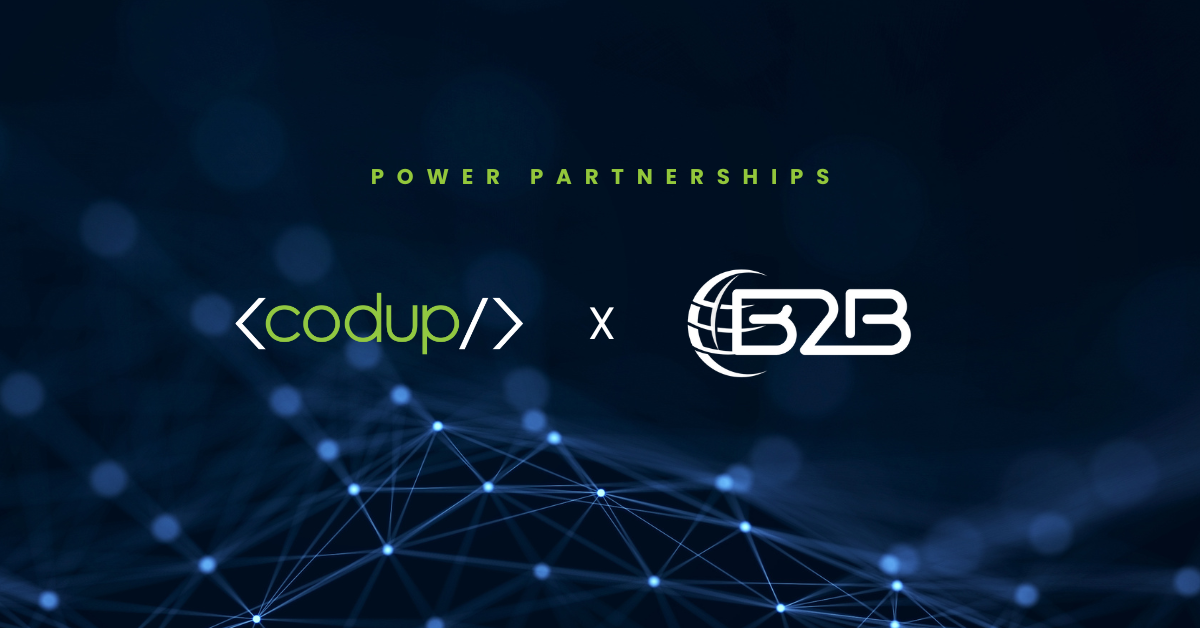Why Modern Leaders Are Moving Toward API-Based Digital Commerce
Today’s buyers are everywhere. A single channel is no longer enough.
Marketers must deliver seamless, familiar experiences across every touchpoint buyers use. Ignoring a channel due to limited resources isn’t neutral, it directly translates to lost revenue.
As competition intensifies across every category, buyers expect not only the best value, but also ease. Convenience is now part of the value proposition. The easier it is to buy from you, the stronger your brand’s pull.
This is where APIs have transformed digital commerce. APIs are the connective layer that enables omnichannel experiences, ensuring consistent product data, personalized pricing, and real-time availability across every channel.
But to unlock this flexibility, your digital commerce infrastructure must be API-first by design, not API-enabled as an afterthought.
What API-Based Digital Commerce Really Means
Many companies claim to “use APIs.” That doesn’t make them API-first.
An API-based digital commerce platform isn’t simply one that exposes a few endpoints. Instead, its capabilities — product discovery, pricing, checkout, account data, order management — exist as modular services accessible via APIs.
This architectural shift delivers measurable business impact:
- Deploy multiple frontends (web, mobile, kiosk, marketplace) backed by one backend
- Sync with ERP, CRM, and PIM systems in real time
- Replace or upgrade services without disrupting the entire platform
Instead of a monolithic black-box platform, you gain a composable commerce stack that developers and business teams can shape into new digital experiences.
This is why modern commerce leaders are moving to API-first architecture:
to gain agility, faster integrations, and developer velocity that legacy platforms cannot match.
How to Choose a Platform for API-Based Digital Commerce
API-first does not mean building everything from scratch.
It means choosing a commerce platform that allows you to connect, extend, and evolve without friction.
The goal isn’t to eliminate your commerce platform — it’s to prevent it from becoming your ceiling.
A true API-first commerce platform exposes core functions (products, checkout, orders, customers) through structured, well-documented APIs. This enables:
- Deep ERP, CRM, and PIM integrations
- Custom frontends for different users and channels
- Automated workflows vs. manual processes
For fast-growing brands, composability is key.
You want a platform that acts as a foundation — while still allowing best-in-class tools for search, personalization, content, and fulfillment.
Whether that foundation is Shopify Plus, BigCommerce, commercetools, or a custom Node/Laravel backend depends on your technical maturity. What matters is that it is API-first by design, not bolted on later.
Best Practices for Implementing API-Based Digital Commerce
An API-first approach only succeeds when supported by strong infrastructure principles:
secure authentication, rate-limiting, and smart orchestration.
These fundamentals directly affect performance, scalability, and customer experience.
1. Authentication and Security by Design
APIs increase both flexibility and attack surface.
When multiple systems — storefront, ERP, CRM, OMS — communicate via APIs, you must ensure that:
- Only authorized systems communicate
- Access is scoped properly
- Credentials cannot be reused or exploited
Modern stacks rely on JWTs or OAuth 2.0, using short-lived tokens to validate identity and access.
Automatic token rotation removes stale credentials and minimizes breach impact.
This zero-trust model allows speed, scalability, and partner connectivity without compromising security.
2. Rate Limiting and Service Reliability
Modern commerce stacks execute hundreds of API calls per minute — pricing, stock checks, cart updates, orders, fulfillment syncs.
Without guardrails, system overload leads to:
- Errors
- Checkout delays
- Slow page performance
Rate limiting and prioritization:
- Protect uptime during heavy load
- Reserve capacity for urgent transactions (payments, orders)
- Maintain predictable performance at scale
Retry logic and queued workloads prevent failures and ensure resiliency.
Codup builds these safeguards into the integration layer so customer experience remains fast and reliable — even when underlying systems are under stress.
3. Multi-Service Orchestration in Connected Commerce
No commerce system works in isolation.
Example order flow:
- Inventory check → ERP
- Credit validation → CRM
- Order creation → OMS
- Confirmation → Messaging system
This happens automatically through event-driven orchestration — each service responds to events such as:
- Order Created
- Payment Authorized
- Item Shipped
Systems stay synchronized even if one is temporarily offline.
Horizontal scale becomes possible without degrading performance.
This is the foundation of a future-proof, scalable commerce ecosystem.
Why API-Based Architecture Matters for Growth-Focused Brands
Brands built on API-first infrastructure:
- Launch new channels quickly
- Expand into new markets smoothly
- Integrate new tools without breaking existing workflows
- Scale operations without heavy replatforming
Marketing can experiment faster.
Operations become automated and intelligent.
Developers innovate instead of maintaining fragile integrations.
Agility becomes a competitive advantage, compounding with each new integration.
Growth today isn’t just about traffic or SKU expansion — it’s about whether your architecture can evolve with your strategy.
Codup’s Approach to API-Based Digital Commerce
Codup helps brands build flexible, scalable, and secure API-first commerce infrastructure — from platform selection to multi-system orchestration across ERP, CRM, OMS, PIM, and fulfillment.
In a world where every channel shapes customer experience and every system influences revenue, your competitive advantage relies on how well your APIs connect it all together.
Codup builds that connective layer — future-ready, secure, and engineered for growth.
Contributors
-

Mahrukh Rafi
writer
Brand Manager



